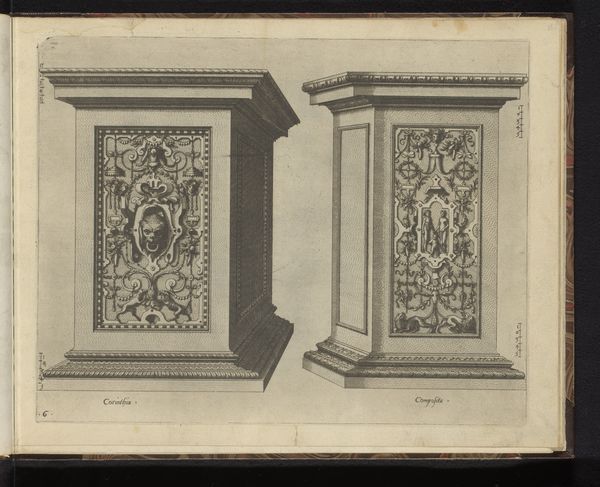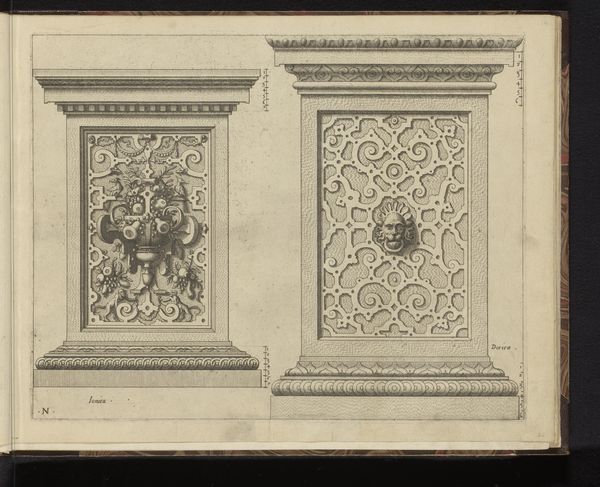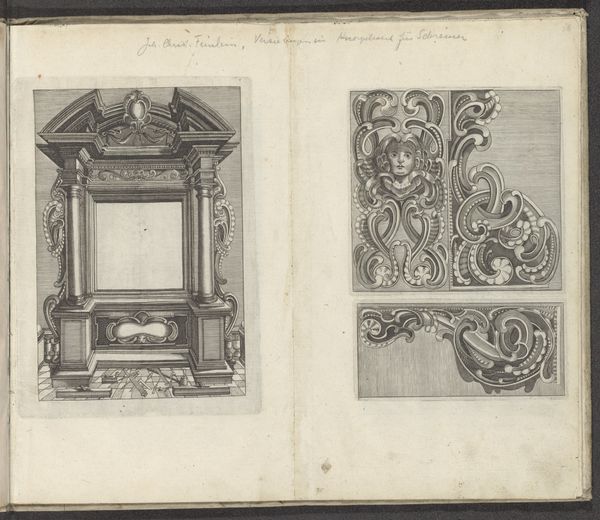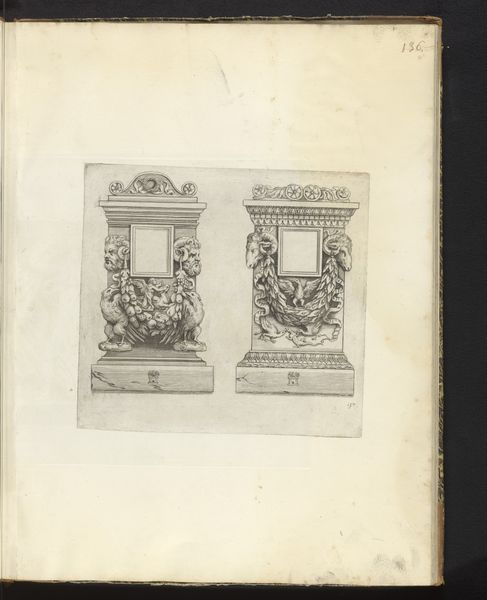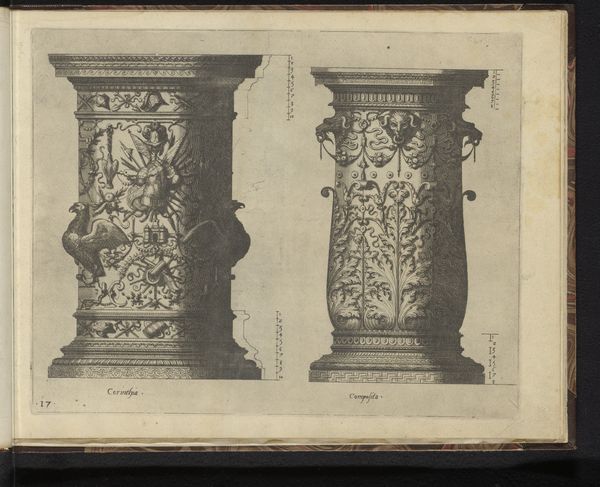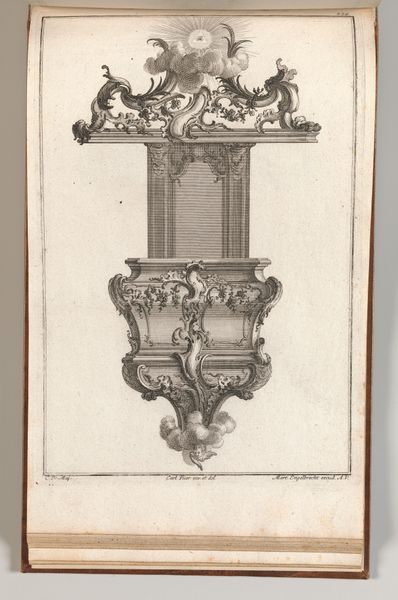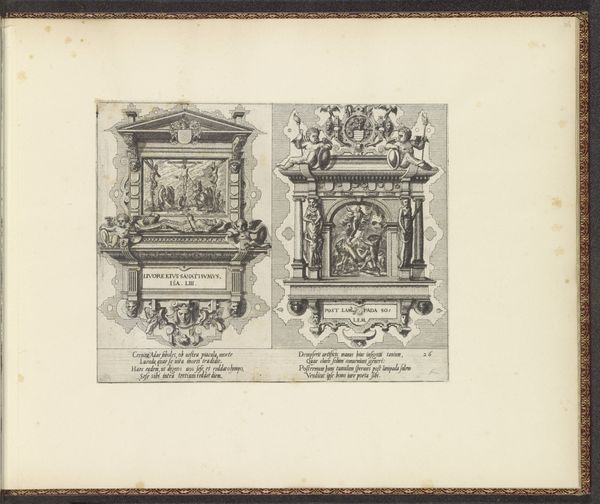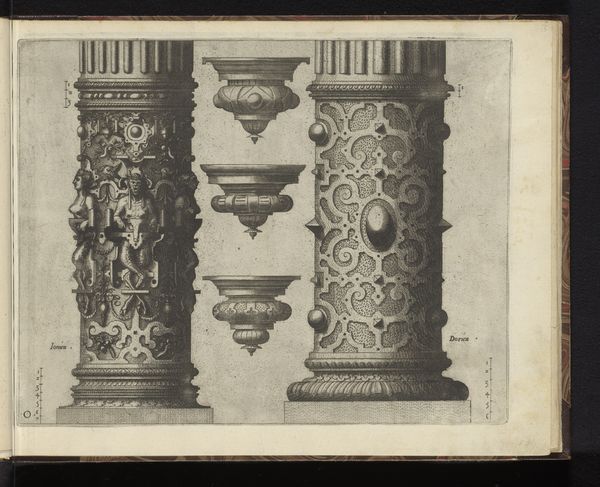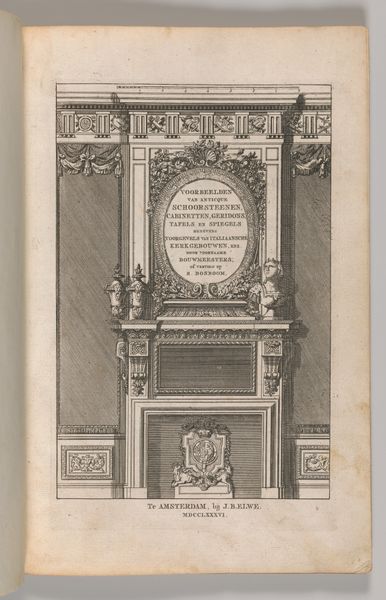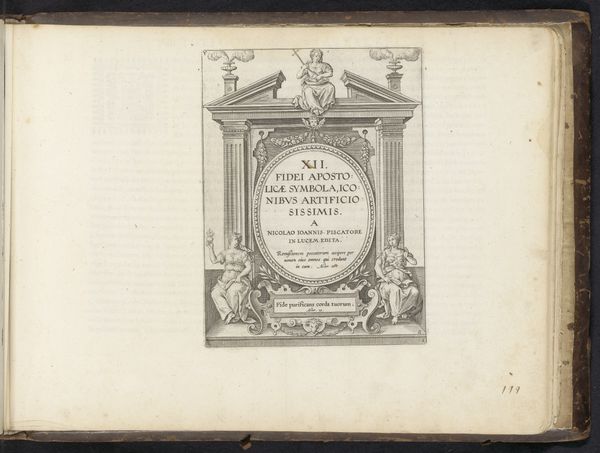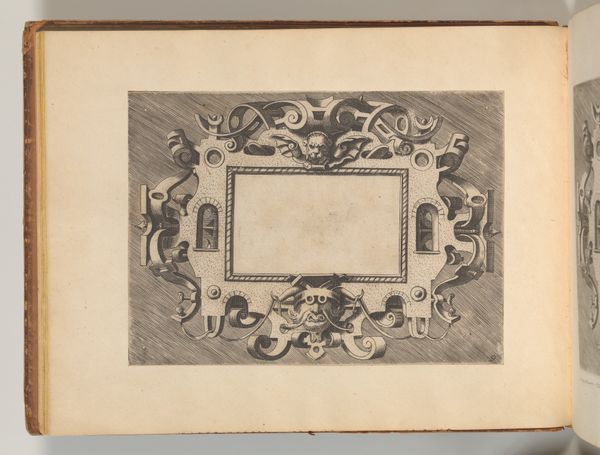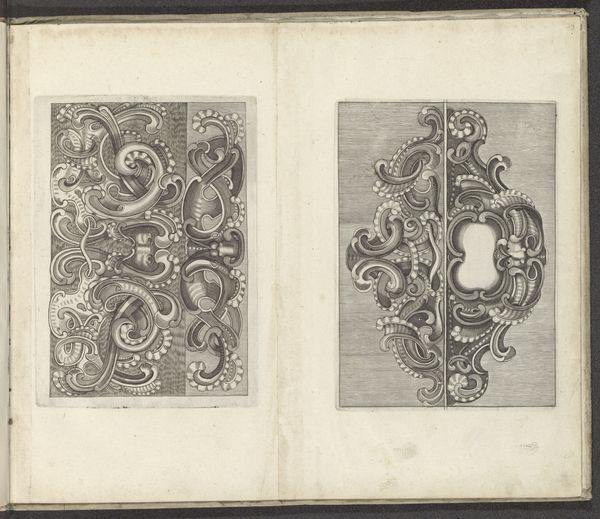
Twee piëdestals, in de Composiete en Korinthische Orde 1565
0:00
0:00
print, engraving, architecture
# print
#
11_renaissance
#
geometric
#
northern-renaissance
#
engraving
#
architecture
Dimensions: height 235 mm, width 300 mm
Copyright: Rijks Museum: Open Domain
Curator: Here we have a 1565 engraving titled "Twee piëdestals, in de Composiete en Korinthische Orde" or "Two pedestals, in the Composite and Corinthian Order," created by Johannes or Lucas van Doetechum and it is preserved at the Rijksmuseum. Editor: My first thought is how striking it is. The ornate designs juxtaposed with the pedestals' severe geometric forms feel like a dialogue between restraint and extravagance. Curator: Absolutely. Pedestals inherently possess symbolic weight, representing support and elevation. Notice the composite and corinthian orders represented. Consider these designs weren't simply decorative choices but communicated prestige and power to viewers familiar with those orders. Editor: And yet, viewing it today, the effect is almost dizzying. The hyper-detailed carvings around blank spaces… Is it an assertion of wealth, or is it reflective of something in the socio-political landscape of 16th-century Northern Europe? All the symbolism that gets applied. It speaks, too, to the ways we understand the relationship between people and power in the renaissance. Curator: Symbolism was paramount. Think of each detail: grotesque figures and foliate designs would have spoken of abundance and even protection against malevolent forces. Engravings had practical applications. Editor: I can imagine it being almost like an advertisement of social ideals or values. Mass production would have had implications, with designs spreading to many places rapidly, helping consolidate how different communities constructed status. I suppose people internalize architecture a lot, not thinking about how profoundly symbols shape our daily lives and mental space. Curator: Exactly! Engravings offered accessibility and the designs may have appeared to an expansive audience to inspire artisans and architectural endeavors across vast geographic locations and diverse cultural contexts. Editor: Ultimately, art provides an invaluable method of grasping how aesthetics intertwined with politics in the period, helping create identities we inherit centuries later. Curator: And to examine the deep echoes that architectural form and iconography has had in the course of time through many global cultures.
Comments
No comments
Be the first to comment and join the conversation on the ultimate creative platform.
